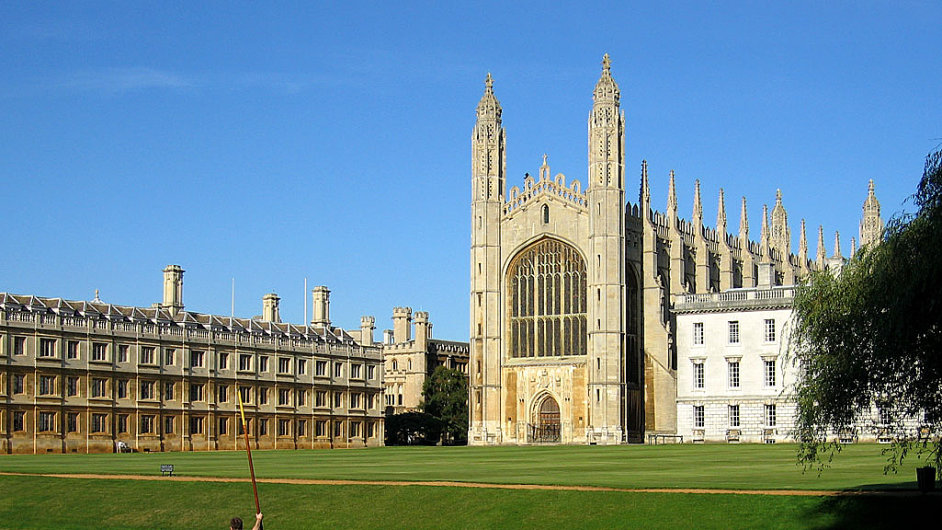The Tompkins Table is a comparative table of how all Cambridge University colleges do academically each year. Its Oxford equivalent is the Norrington table. Both are quite popular and students are more or less aware of where their colleges stand each year. However, with popular stereotypes about the colleges spreading, we need to ask the question of whether inter-collegiate competitiveness at Oxbridge universities is for better or for worse?
The Tompkins Table has arrived, let us all rejoice! Oh wait, my college is not all the way at the top this year? Do I have to walk around Cambridge with a paper bag over my head for the next two months before people slowly start forgetting? Lets hope not.
The Tompkins Table, as many might not know, is not an official table of the University. It is compiled for The Independent every year by Peter Tompkins; a former mathematics alumnus of Trinity College. Speaking of Trinity, it has come in first place again this year, leaving Peterhouse behind as a sad runner-up. The Independent has quite surprisingly not published the whole list this year, making only the top ten colleges public.
Trinity's big success (apart from being the richest college in Cambridge) is not just first place in the Tompkins Table, but also having almost 38% of firsts this year, which is a result certainly worth a pat on the back. It has become somewhat of a stereotype (and quite a true one) that the richer colleges are quite high up in the table (with the exception of John's) and the newer poorer ones usually get left behind.
Telling people you come from a bottom college makes you feel bad
The question is though, whether the Tompkins Table has information that we really want to know. There is, of course, a huge bias when it comes to this matter – when you come from Trinity, it may be a great honour for you to see your college top the rankings almost every year. When you come from poor old Homerton, like the author of this article, you are happy when you do not come last and when the Table comes out, you would rather not hear about it.
I like to think of it as being from the Hufflepuff of Cambridge. It does not really serve as a great motivation at first, as you know you come from a college where not getting a first just means you are a part of about 85 % other people and it really is no big deal. Also, telling people you come from a bottom college always makes you feel a bit bad, disregarding whether people care or not (and they usually don't).
On the other hand though, such information can serve as a great motivation. First of all, you can prove someone wrong. All those people who think that because you come from a bottom college, you will most probably not get a first (kind of like being like Cedric Diggory, except for the violent death and all).
The elitism present at Oxbridge is already at its high
Second of all, you can become a part of 14 % of people, which seems a lot better than being among another 38 % like it is at Trinity. Third of all, you are probably surrounded by people who know that grades, though they are important, are not defining of who you are.
The fact that it does matter which college you go to (although official sources increasingly try and convince people it doesn’t) should not be something we accept as status quo. The elitism present at Oxbridge is already at its high, with only five top sixth forms sending more pupils to Oxford and Cambridge than 2,000 others.
Does the trend of such comparative tables hence make state-school applicants who don’t come from the traditional Oxbridge background encourage students to not apply to the “top” colleges? And if so, doesn’t this just reiterate the elitism of the institution, just on an internal, rather than an external level?
Perhaps so. Trinity College, at the top of the Tompkins table in 2013, only had an intake of about 50 % of state-school applicants, as compared to King’s College (with about 77 % state-school applicants and 14th in the table). At the same time, Harris Manchester, an Oxford College 5th in the table this year, also has the highest intake of state-school applicants (about 78%).
Its top, New College, only has about 48 % state-school students. Thus, there seems to be a clear trend that the very top colleges tend to have fewer state-school students. At the same time, there seems to be little discrepancy when it comes to the colleges further down the table.
Be it elitist or not, the Tompkins and Norrington tables don’t lead to unity within the university, but to even more competition among the students themselves. Perhaps that is one thing that Oxbridge is famous for and certainly does not need more of.
Bottom line: What do you think about comparative tables of universities? How do you feel about being (or not being) at one of the best universities, at least in the Czech Republic?
 Přidejte si Hospodářské noviny
mezi své oblíbené tituly
na Google zprávách.
Přidejte si Hospodářské noviny
mezi své oblíbené tituly
na Google zprávách.
Tento článek máteje zdarma. Když si předplatíte HN, budete moci číst všechny naše články nejen na vašem aktuálním připojení. Vaše předplatné brzy skončí. Předplaťte si HN a můžete i nadále číst všechny naše články. Nyní první 2 měsíce jen za 40 Kč.
- Veškerý obsah HN.cz
- Možnost kdykoliv zrušit
- Odemykejte obsah pro přátele
- Ukládejte si články na později
- Všechny články v audioverzi + playlist





